VFX in the Real World: Screen Replacement
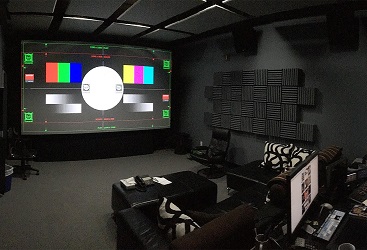
The world of film and video has been rapidly shifting and democratizing over the last decade. It is now possible to have one editor on a workstation accomplishing the work of an entire post-production house. Well, sort of….
In-house agencies are realizing that while they can bring in editors (staff or freelance) to competently manage most aspects of post, there are times when it makes sense to reach out to a specialist to help with the more technical challenges. There are instances where outsourcing certain scenarios, including VFX, may be the most effective route.
If you have a concept that requires photo-real compositing, like phone or PC screen replacement, tapping into a post house to supervise VFX can bring best practices on set, more upfront decision making, and ultimately, a smoother online edit.
If you’re embarking on a shoot and want to assure a proper, organic screen comp in the end, here are a few tools you may not have in house, but a post house can provide:
Corner Pin Tracking
If your scene includes a phone or PC screen, your DP or Gaffer is not lighting for the screens; they are lighting for the overall environment. So, the screen detail will not be readable, hence the need for replacement.
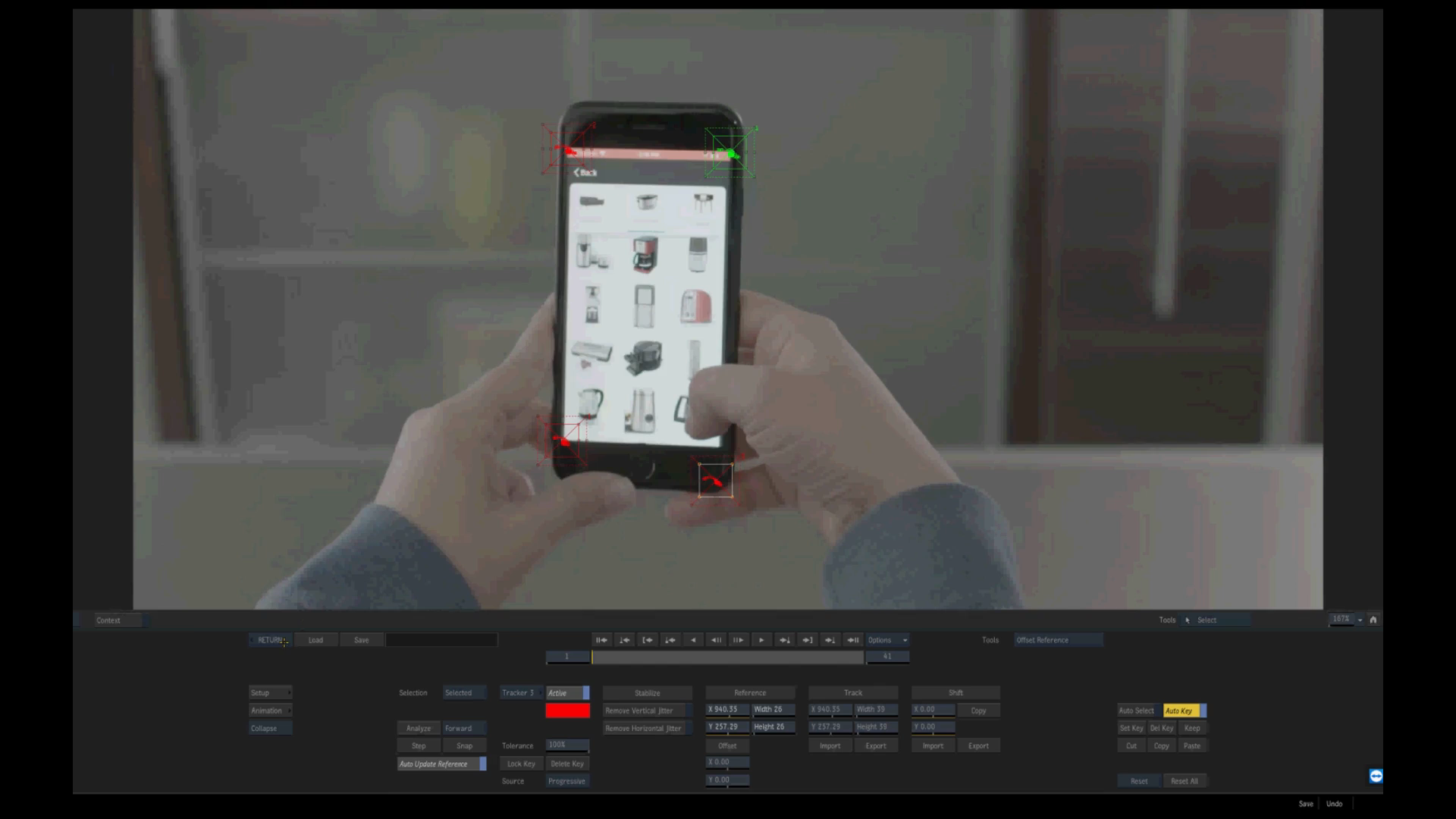
When you're framing your shot, make sure to keep at least three corners of the phone or tv screen as visible as possible. The fourth point can be determined in post using trackers in Flame. Then provide the screen content as a separate element for compositing into the final shot. Shadows and reflections can be added to the screen based on the practical key lighting, and Voila! The final shot is seamless and organic.
Finger Rotoscoping
In layman’s terms, rotoscoping is the process of manually creating a matte for an element on a live action plate so it can be composited over another background. For instance, when shooting phone screens, you can feature the actual app screen on the device so your talent can interface and swipe. Then a post house will take the exposed screen capture or screen animation, rotoscope the live action, and use compositing tricks to blend the plate back into the shot.
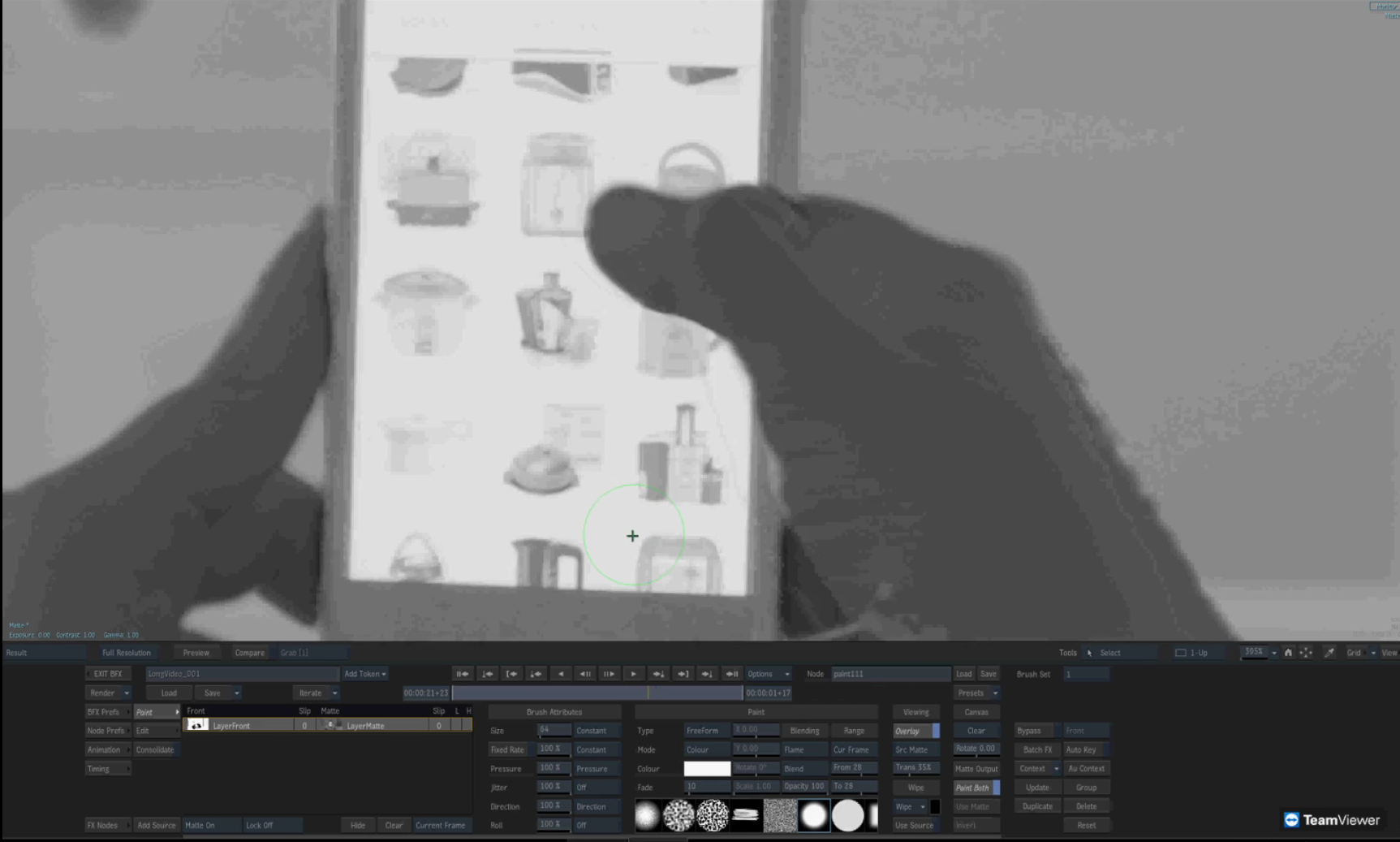
Another consideration is the action in the shot. If a person's finger is swiping a phone screen that you'll be replacing, what do you do about the finger? This also needs to be rotoscoped in Flame, which means the finger will be traced frame by frame so that it can be layered back in.
Multi-Screen Replacement, Product Replacement and Set Extension
Many of these tools and techniques are transferable to product shots. We use tracking to replace a package or label, cover up an offending logo in the background of an exterior shot, or paint something out. And a post house can even add in background to your scene, something known as a set extension.
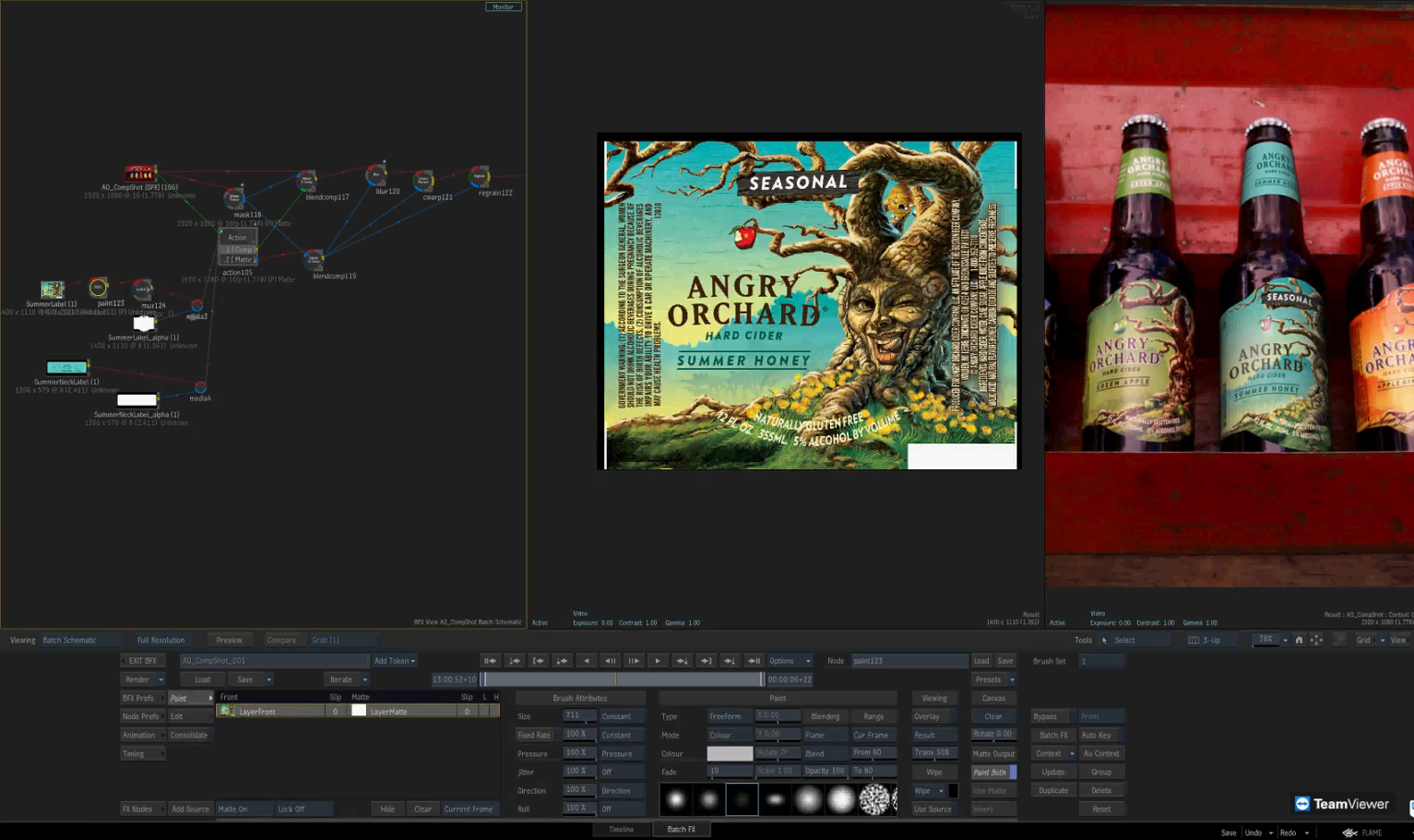
Bottle Replacement for Angry Orchard
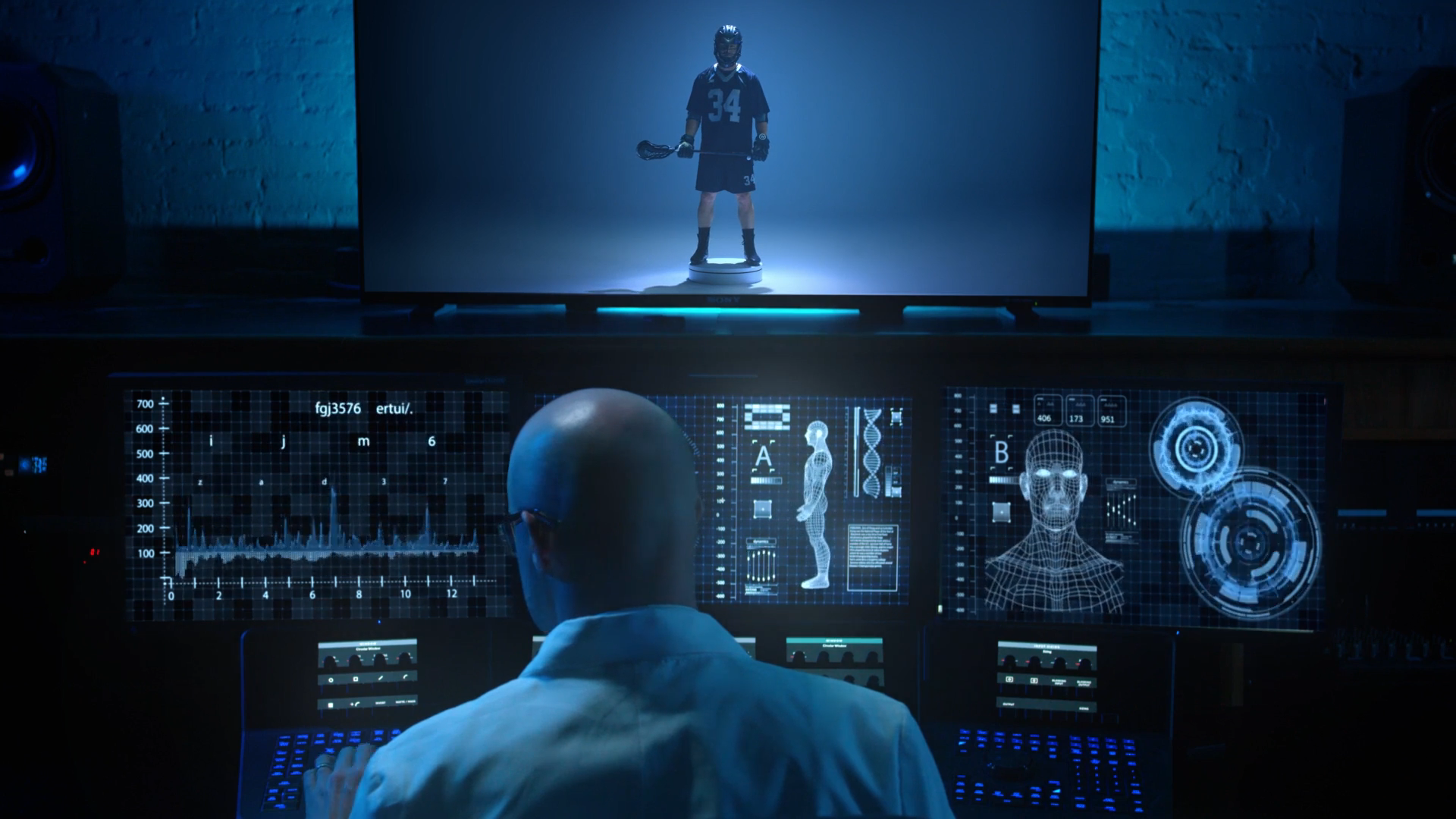
Multi-Screen Replacement for New Balance
If any VFX inquiries arise or you’re looking to review your boards and receive suggestions on best practices to apply on set, I’m happy to help. The more we can discuss up front, the more seamless the screen replacement will be in post. Feel free to reach out to me directly at monty@finishboston.com.
- advertising,
- agency,
- association,
- brand,
- client,
- CMO,
- content,
- corporate,
- creative,
- digital,
- film,
- IHAF,
- in-house,
- insource,
- internal,
- leadership,
- management,
- marketing,
- media,
- membership,
- montgomery,
- networking,
- professional,
- replacement,
- rotoscope,
- screen,
- social,
- soundtrack group,
- tracking,
- trends,
- vfx
Recent Posts

In-House Data: Fact or Fiction?
October 16, 2023
I’m going to be honest with you, which I always am but this time it’s scary honesty. There are a lot of in-house agency research reports out there. And not all of them contain data that are close to the integrity of the studies IHAF publishes—the next of which drops at the IHAF conference on …

IHAF Wrapped
December 20, 2023
One of our favorite things to do at year-end is look back at the events, presentations, and online resources our members tapped most. (Why should Spotify have all the fun?) Here are a few of your favorites in 2023:
• New Assortment of Org Charts Download • Updated Job Profiles …











No Reader Comments